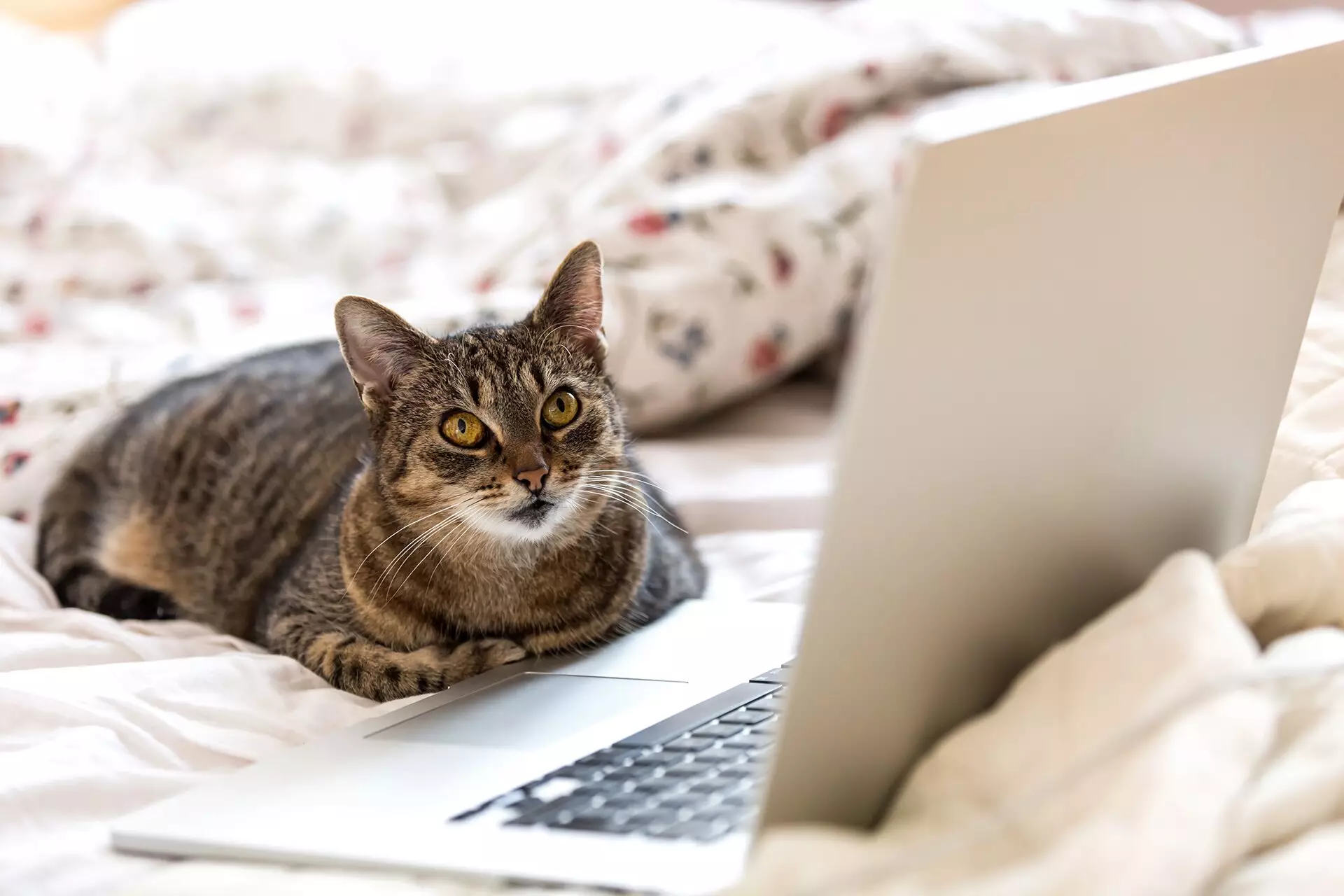The world of pet ownership is undeniably influenced by media, marketing, and social trends. Recently, a critical initiative has emerged from the veterinary field urging advertisers to reconsider the portrayal of cats, particularly those breeds associated with extreme physical traits. The coalition led by the International Cat Care’s veterinary division along with prominent organizations like FECAVA, FVE, and UEVP aims to raise awareness regarding the severe health issues linked to deliberately bred conformations.
In contemporary society, there’s been a notable surge in the popularity of certain pedigree cats, especially those flaunting extreme physical features such as flat noses or uniquely folded ears. While these traits may appeal visually to potential cat owners—often glamorized in advertisements—what lurks beneath the surface is a multitude of health problems that can impose lifelong challenges for these animals. The appeal of breeds like Persians and Scottish Folds has been magnified through celebrity endorsements and social media, inadvertently contributing to their increasing demand among consumers.
Veterinary professionals have voiced their concerns, with a significant percentage indicating that the exaggerated features in pets pose substantial welfare problems. Brachycephalic cats, for instance, face a range of issues, including respiratory difficulties, skin diseases, and ocular complications. Similarly, Scottish Folds suffer from painful arthritis linked to cartilage anomalies caused by their distinctive ear morphology. This growing body of evidence illustrates the darker side of adopting these “adorable” breeds, implicating a systemic disregard for their health in favor of aesthetic allure.
Recognizing the urgent need to address these welfare implications, ISFM, in collaboration with FECAVA, FVE, and UEVP, has published an official letter. This communique appeals to advertisers to avoid using cats with extreme conformational traits in marketing materials. This proactive step is crucial, as it’s estimated that nearly 40% of UK veterinary professionals consider exaggerated conformations one of the most pressing animal welfare concerns today. The coalition’s goal is not merely to reduce advertising that showcases these breeds but to instill a deeper understanding among pet owners about the real consequences of their choices.
The impact of advertising on consumer behavior cannot be overstated. Advertisements showcasing cute cats often spur viewers to seek out similar breeds without adequate awareness of the associated health risks. As Dr. Nathalie Dowgray, the Head of ISFM, pointed out, the allure of a flashy advertisement can prompt a rush to acquire such pets—potentially leading to distressing outcomes in health and welfare. As demand increases, so too does the proliferation of breeding practices that prioritize physical appearance over animal health, perpetuating a cycle of suffering.
The coalition encourages the public to participate in this movement by utilizing a letter template provided on their website. This initiative empowers individuals to hold brands accountable and urge them to uphold ethical advertising standards, ultimately putting animal health above aesthetics. Awareness is a crucial first step toward triggering change, and education about these issues must penetrate deep into the public consciousness.
The coalition’s call to rethink how specific cat breeds are represented in advertising is more than a stylistic preference; it is a moral imperative that prioritizes animal welfare. As consumers and animal lovers, it is essential to recognize the weight of our choices and their ramifications. Transitioning from a superficial admiration based on looks to a conscientious approach that values health and well-being is attainable and necessary. By amplifying this conversation and advocating for change, we can help shift the narrative away from extreme conformation, fostering a future where health stands paramount—and where every pet is cherished for more than just their appearance.


Leave a Reply